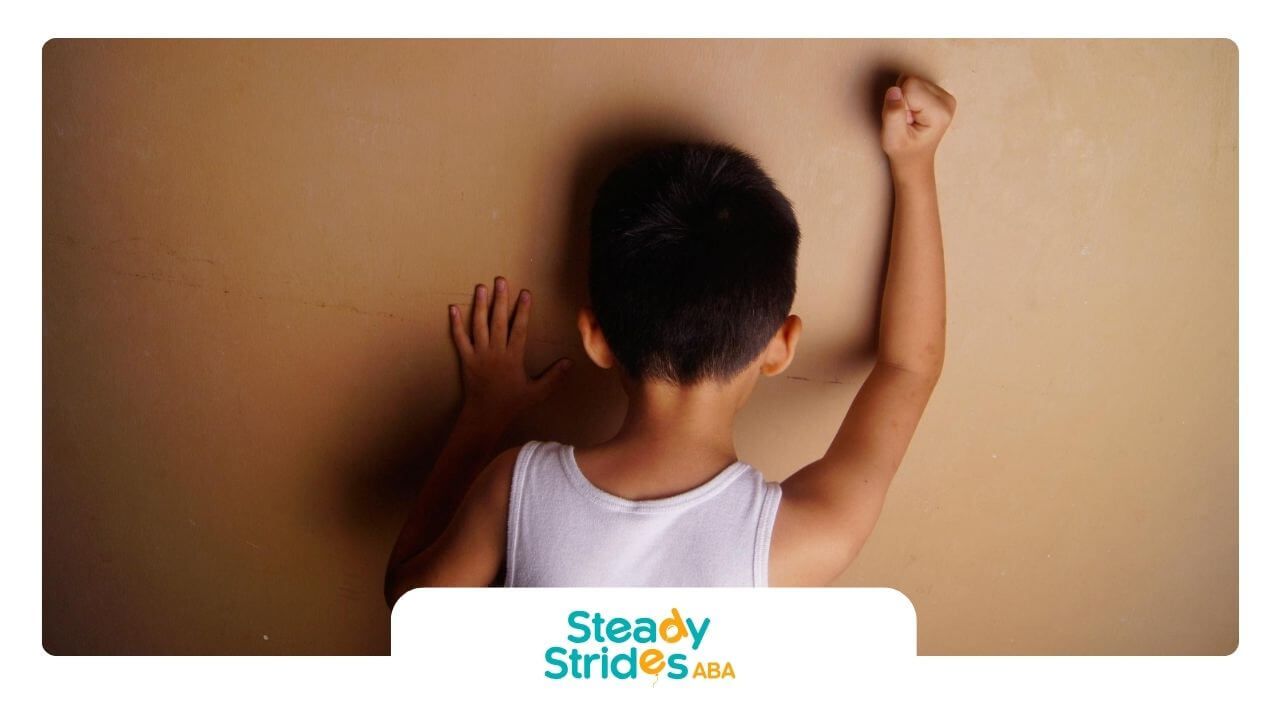Understanding whether your child is on the autism spectrum or not can be overwhelming. It's essential to be aware of early signs and typical child development milestones.
But how can you tell if your child is not autistic? The good news is, there are key differences to look out for.
Social Interaction and Communication
Autistic children often experience difficulties with communication and social interactions. According to the Centers for Disease Control and Prevention (CDC), around 1 in 54 children are diagnosed with autism in the United States.
Non-autistic children typically show strong social skills—engaging in back-and-forth conversations, making eye contact, and understanding social cues at an early age. If your child is meeting social milestones like sharing toys, following instructions, or expressing emotions in ways that align with typical development, this is a good sign they may not have autism.
Behavioral Signs
Another distinction is the presence of repetitive behaviors. Autistic children may display behaviors such as repetitive body movements (like hand-flapping), fixations on specific interests, or resistance to change in routines.
If your child exhibits a variety of behaviors and interests, is flexible in daily routines, and doesn’t demonstrate repetitive actions, it's an indication they likely do not have autism
While every child is unique, understanding these signs can guide you in the right direction. If you suspect anything out of the ordinary, seeking advice from a professional can offer peace of mind.
If you're seeking support or guidance, Steady Strides ABA provides exceptional autism services in Texas and New Mexico, including both center-based and home-based ABA therapy.













